Traditions of dancing, singing carols, pageants, parades and nativity scenes fill our holiday season with joy — uniting us with family and friends as we remember the birth of Jesus Christ. Enjoy these beautiful photos from our friends celebrating Christmas around the world!
Ecuador
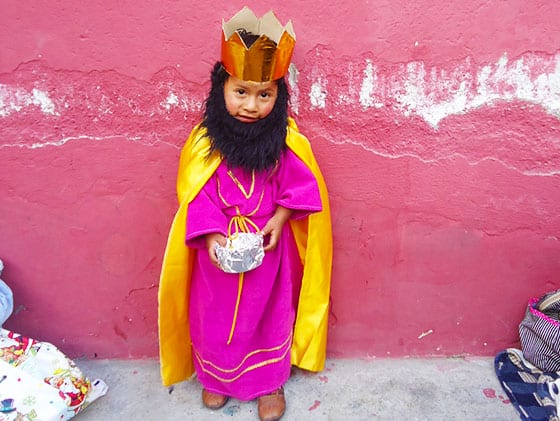
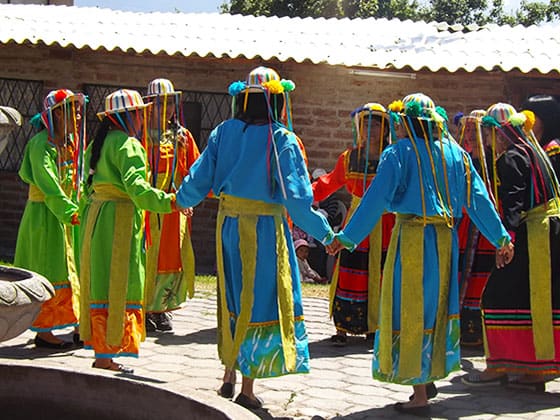
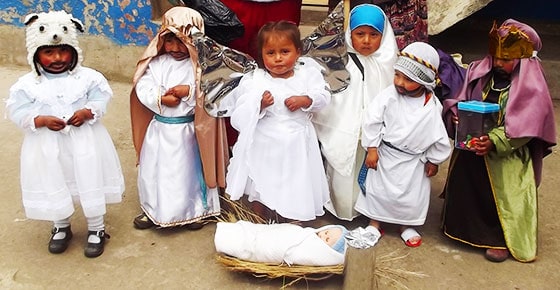
Indonesia

Honduras

Ethiopia
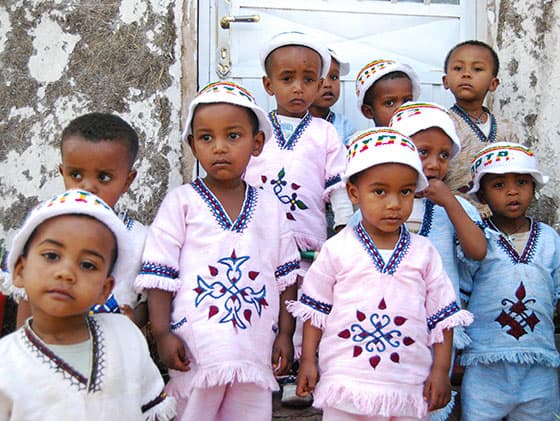
Ghana
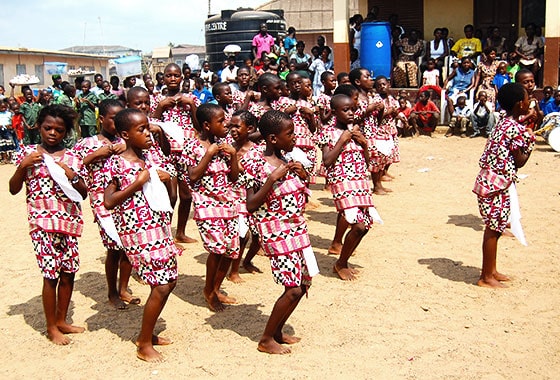
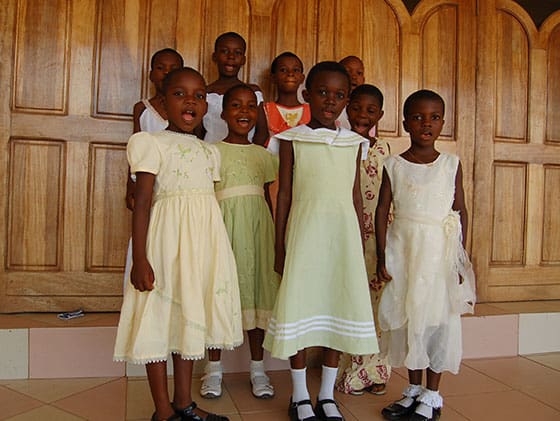
India*

Philippines

Rwanda
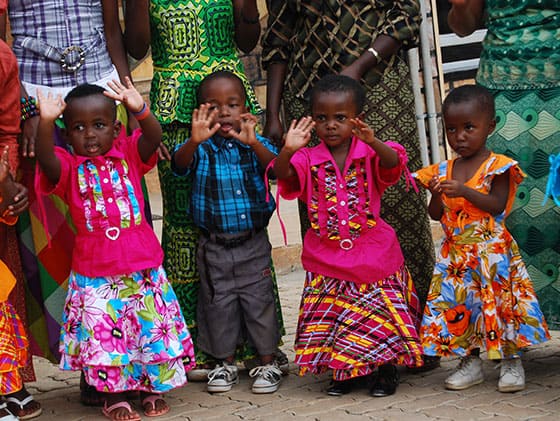
Colombia
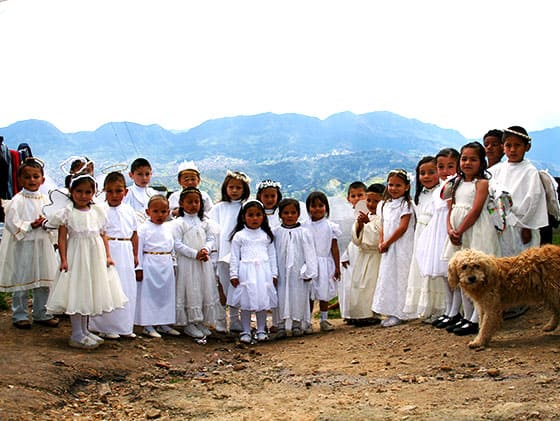
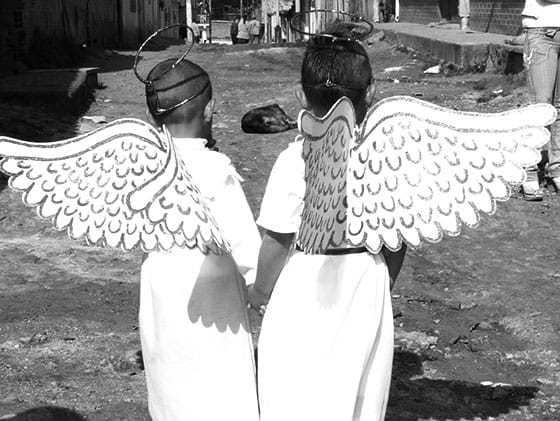
*NOTE FROM EDITOR: This content honors Compassion’s historical work in India. While we no longer have an India sponsorship program, we are grateful for the lives changed and meaningful work achieved through our sponsors and donors in our nearly 50 years there. For a detailed explanation of the end of our sponsorship program in India, please visit: compassion.com/india-update.


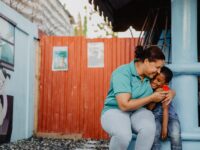
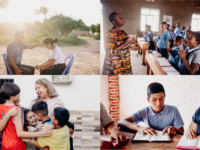



2 Comments |Add a comment
Truly enjoyed this website. To see how other nations celebrate Christ’s birthday has made this Christmas even more precious. Seeing all the happy smiling faces of the world’s children brings peace to my sole. We have to keep the Christmas spirit with us throughout the entire year.
What a lovely post with such beautiful pics to go through! Christmas is one of the major celebrations that the whole whole world celebrates. See how it colors the various corners of the world.